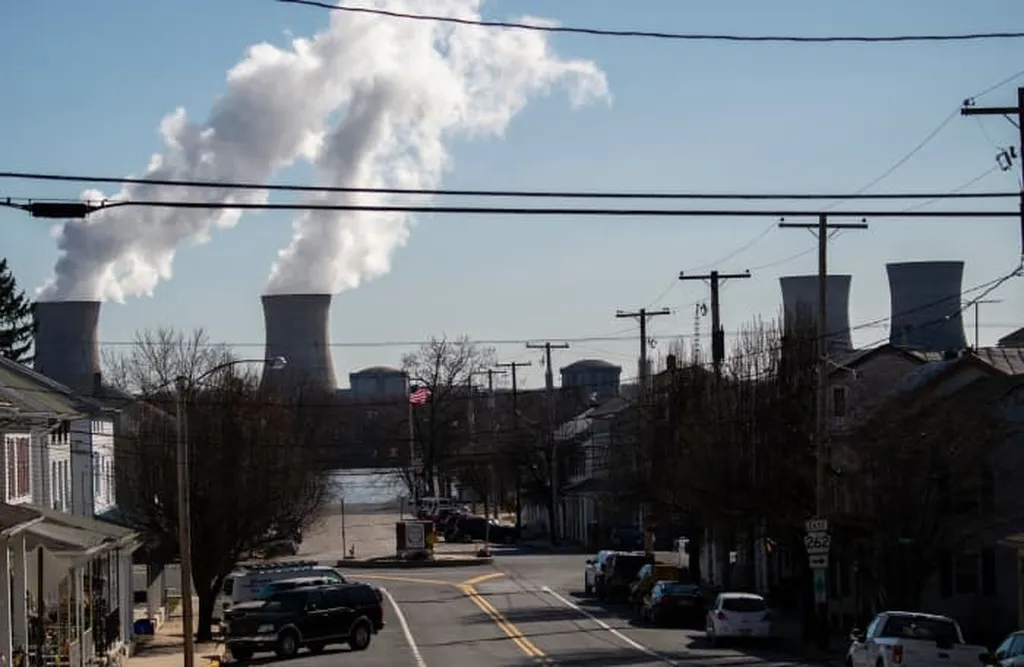In the rapidly evolving landscape of urban planning and smart city development, the ability to accurately reconstruct 3D building models is becoming increasingly crucial. A groundbreaking study led by Dr. D. M. Bui from the Department of Civil Engineering and Environment at Myongji University in South Korea is set to revolutionize this process. Published in the prestigious *International Archives of the Photogrammetry, Remote Sensing and Spatial Information Sciences* (translated as “International Archives of Photogrammetry, Remote Sensing and Spatial Information Sciences”), the research introduces an automated workflow that integrates Unmanned Aerial Vehicle (UAV)-derived orthophotos and point clouds to enhance the accuracy of 3D building model reconstruction.
The study addresses a critical need in urban planning and smart city applications, where detailed and accurate 3D models are essential for effective decision-making. Dr. Bui and his team have developed a sophisticated method that combines deep learning, clustering, and geometric analysis to filter out non-building objects, separate ground and non-ground points, and isolate building structures. This process culminates in the generation of 3D bounding boxes, providing a comprehensive and detailed representation of urban environments.
One of the key innovations in this research is the use of a deep learning-based tree segmentation model to filter out non-building objects, ensuring that the resulting models are free from extraneous elements. Additionally, the Cloth Simulation Filter (CSF) is employed to separate ground and non-ground points, while clustering techniques isolate building structures. The Mobile Line Segment Detector (LSD) is then used for roof edge detection and refinement, which is combined with height attributes to generate the final 3D models.
The practical implications of this research are significant, particularly for the energy sector. Accurate 3D building models are essential for urban energy planning, enabling better assessment of energy consumption, renewable energy potential, and infrastructure development. “This technology can provide a more precise understanding of urban landscapes, which is crucial for optimizing energy distribution and planning sustainable urban development,” Dr. Bui explained.
The study’s experiments on UAV data from Suseo, South Korea, demonstrated the effectiveness of the proposed method, achieving high precision and recall measures. This indicates that the approach is not only accurate but also scalable and efficient, making it suitable for large-scale urban modeling projects.
As cities around the world strive to become smarter and more sustainable, the ability to accurately model urban environments will be a key factor in their success. Dr. Bui’s research offers a promising solution that could shape the future of urban planning and energy management. By integrating advanced technologies and innovative methodologies, this study paves the way for more efficient and effective urban development, ultimately contributing to the creation of smarter, more sustainable cities.
In the words of Dr. Bui, “This research represents a significant step forward in the field of urban modeling, and we believe it has the potential to transform the way we plan and manage our cities.” As the world continues to urbanize, the need for such advanced technologies will only grow, making this research a timely and impactful contribution to the field.

